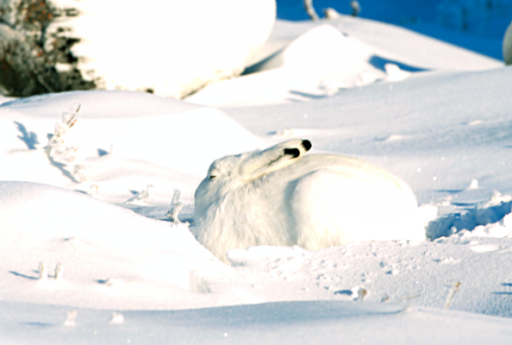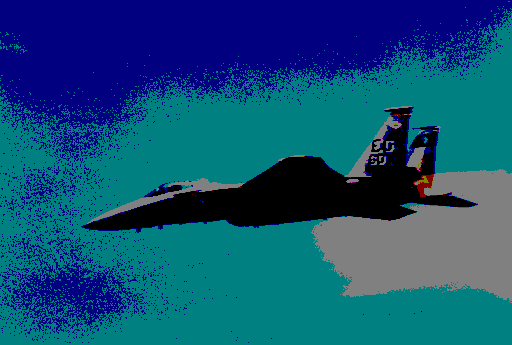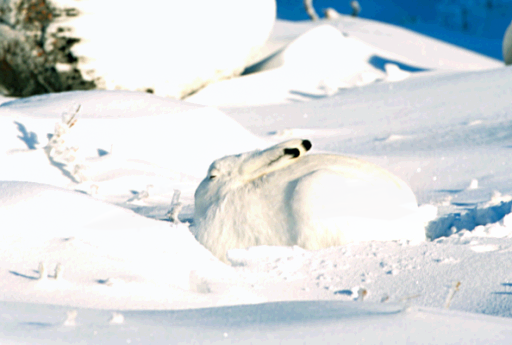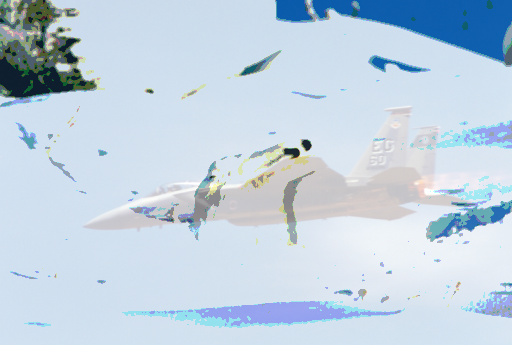The information hiding homepage
The image downgrading problem
In multilevel security systems (such as the one used by the army) one wants sometimes to declassify some information from, say, ‘top secret’ to ‘confidential’ or even ‘public’. Unfortunately this is not as easy as it seems, especially if you want to downgrade images. [Examples of declassified pictures can be found on the US Government’s EROS Data Centre web site]. Indeed information could have been covertly hidden in a ‘top secret’ image for later retrieval when the image is declassified.
This problem has been pointed out in 1992 by C. Kurak and J. McHugh in A cautionary note on image downgrading (Computer Security Applications Conference). Below, we give an example of this technique which replaces the least significant bit planes of the image to be declassified by the most significant bit planes of another one which should stay ‘top secret’. You can also look at the various steps if you replace 1, 2, ... to 7 bit planes. [Implementation: see my code for Matlab]
The process was recently improved by K. Knox: he uses error diffusion to improve the quality of both views (cover and stego). See ‘Reversible digital images’, from Electronic Imaging’99 (SPIE);
Here is the example:
The image in which we want to hide another image:‘Arctic hare’ – Copyright photos courtesy of Robert E. Barber, Barber Nature Photography (REBarber@msn.com)

The image we wish to hide: ‘F15’ – Copyright photo courtesy of Toni Lankerd, 18347 Woodland Ridge Dr. Apt #7, Spring Lake, MI 49456, U.S.A. (tlankerd@wmis.net)

The stego-image (i.e., after the hiding process):

The image extracted from the stego-image:












